"Big Brothers": 127 mm and 155 mm ammunition of a potential enemy
Land and Sea Excalibur
Military conflicts of recent decades have shown the need for precision systems weaponscapable of delivering dagger strikes on point objects. This is especially becoming relevant in connection with the widespread use of communication tools. In the XNUMXth century, for the sake of destroying a group of militants, it was possible to wipe out a whole settlement from the face with several massive strikes, as was done, for example, in Vietnam. Now such a trick is unlikely to pass: the saturation with means of video and photographic fixation is so high that in a couple of hours the whole world will know about such facts. Therefore, high-precision weapons are becoming one of the ways not to lose face in front of the world community.
In addition, guided missiles allow you to respond very quickly to sudden threats: GPS guidance allows you to abandon the fire spotter, as well as quickly transfer fire even without changing the gun’s pointing angles.
Unfortunately, in Russia, despite the presence of the Centimeter, Kitolov and Krasnopol shells, there is a significant lag in the development of long-range high-precision large-caliber artillery shells. The main limiting factor is the lack of domestic onboard vibration-proof equipment for satellite navigation.
One of the most famous examples of foreign artillery guided missiles of small dispersion is the American Excalibur (and its many modifications). About him, First Deputy Managing Director of the Tula Instrument Design Design Bureau. Academician A. G. Shipunov N. I. Khokhlov, answering a question from journalists about respectable foreign counterparts, said:
For the first time, the Americans used the most successfully guided missiles in Iraq in 2007 during Operation Point of Arrow, when they worked out 70 munitions at once on the enemy. The probable circular deviation in 92% of cases did not exceed 4 meters. In 2012, in Afghanistan, marines from the advanced Zeebrugge base in Kajaki from an M777 howitzer hit a group of Taliban who are at a distance of 36 km. Actually, these successes prompted the Pentagon to increase purchases of “smart” shells - in total, Americans have fired such Excalibur more than 1400 times. At first, the Ministry of Defense bought every shell for an incredible 100-150 thousand dollars at a cost of only 40 thousand. There is no corruption component, the developers from Ratheon and Bofors just spent about a billion on the creation of the shell and wanted to quickly get the money back. One of the Excalibur variants under the 1b index is the basic option for creating the 127-mm guided projectile Excalibur N5 (Naval 5-inch) for naval 5-inch artillery pieces of NATO armies.
70% of the entire filling of the “marine Excalibur” is unified with option 1b. Excalibur N5 can fire both from 5-inch cannons of the company BAE Systems, and from 127-mm systems of the Italian company OTO Melara. For the first time, the 127-mm Excalibur shell was demonstrated at the Euronaval-2014 exhibition in Paris. Excalibur N5 has three modes of detonation: non-contact (air), contact, contact with a delay of detonation to penetrate obstacles, including bunkers.
Excalibur Project Senior Business Development Manager Paul Daniels explained the situation with moving ammunition to moving targets:
In addition, the MQ-8B Fire Scout drone helicopter, which is now used by the U.S. Navy, can serve as a laser pointer for a 127 mm Excalibur on a moving target.
However, the high cost of each shot of shells of this type makes us look for new options to improve the accuracy of artillery fire - it is not always possible to find a worthy target for a shell at the cost of an elite car.
Counted - wept
Ammunition with a flight path correction system became one of the methods for increasing accuracy. For example, you can increase the aerodynamic drag of a projectile or mine at the right time, thereby “tweaking” its flight in the desired direction. One of the most budget options was the device with brake flaps from the French Nexter for 155 mm SPACIDO shells. Correction of the flight is carried out using an artillery radio ballistic station and makes it possible to reduce the circular deviation by several times at a distance of 15-18 km. The operation of such correction devices is as follows: the projectile flies along a ballistic trajectory with a predicted flight relative to the target, the artillery radio-ballistic station measures the initial velocity of the projectile and its change in trajectory during the flight of the projectile; Further, the information is processed by a ballistic computer, which transmits to the projectile the required opening time of the brake devices. The system is tested and ready for mass production.
According to the manufacturer, the cost of one shot with the SPACIDO corrector rises to 7,8 thousand dollars. A similar development (still in prototype stage) is the ECF system for 155-mm shells from the British BAE Systems and the Swedish VCSM, which differs from the French idea in the principle of GPS guidance. The cost of such a shot is 9 thousand dollars, and the circular probable deviation is about 25 meters.
The second method of increasing the accuracy of standard artillery ammunition was the system of correction of the trajectory with a hard mount steering wheels, receiving commands from GPS. The principle is implemented, in particular, in the device XM1156 from ATK for 155-mm shells M107, M549A1 and M795. The circular probable deviation of such adjusted high-explosive fragmentation shells does not exceed 50 meters at any range. Before starting, the coordinates of the target and the flight path are programmed and transmitted to the on-board systems using a portable programmer. After the projectile leaves the barrel, the battery is activated and the GPS receiver immediately begins to receive satellite signals. During the first second of the flight, the projectile rolls along the roll, as well as its coordinates. Further, in the case of a deviation of the projectile from the calculated trajectory, based on constantly updated navigation data, the electronic equipment of the nose guidance block calculates the correction of the trajectory correction for the steering wheel block.
Under the influence of the incoming air flow in flight, the ring with the rigidly fixed steering wheels rotates freely in the direction opposite to the rotation of the projectile. The rotational speed of the ring is less than the rotational speed of the projectile. The rudders installed at different angles during rotation of the ring for a full revolution create the same perturbing effects in all directions perpendicular to the longitudinal axis of the projectile, and do not affect the ballistic flight path. At the calculated moment, the locking device stops the rotation of the ring when the rudders are at a certain angle along the roll, which ensures correction of the trajectory in the desired direction. Further, after the ring is unlocked, its free rotation begins again, opposite to the rotation of the projectile, until the next moment when it will be necessary to correct the trajectory. Naturally, this option, although less accurate, allows, in comparison with Excalibur, saving about 85 thousand dollars for each shot. But that is not all. Israel and South Africa believe that the systems mentioned above do not satisfactorily cope with the frantic rotation of the projectile of about 250-300 rpm, which negatively affects the accuracy of the correction. Indeed, Excalibur for normal operation in flight does not rotate at all, although it is used in rifled weapons. The design provides an obturator in the form of a sliding bearing, which when moving along the rifling of the barrel practically does not transmit the moment of rotation of the projectile. That is why the Israeli company BAE Systems Rokar International Ltd has created a sophisticated flight correction unit based on four aerodynamic rudders. The node is quite tricky: two rudders are responsible for the rotation of the correction node in the direction opposite to the rotation of the projectile, and two correct the direction of flight. Such "autonomy" in rotation is possible due to the decoupling unit with the main part of the projectile. The GPS-based system was given the name Silver Bullet, and it allows you to reduce the likely circular deviation at a distance of 20 km to 5-7 meters, however, the cost of each shot is a considerable $ 20 thousand. These are truly “silver shells”. South African firm Denel created a similar “smart” nozzle for a 155-mm shell, but the total cost of a shot is even more - 25 thousand dollars.
And now let's get acquainted with the calculations of the costs of the above 155-mm ammunition for the destruction of the hypothetical installation of MLRS. Materials on this topic are given in one of the issues of the publication “Izvestia TulGU. Engineering ”for the year 2019. So, if the MLRS is located at a distance of 8 km, then for its guaranteed destruction of shells with SPACIDO brake flaps, about 45 pieces will be required, while managed by Excalibur Block 1b only 8 copies are needed. A promising Excalibur Block S is currently under development with a semi-active laser homing head, which is expected to hit such an average target of 1,2 shells. It is noteworthy that the key advantages of the XM1156 and Silver Bullet systems are the independence of ammunition consumption from the target range. If the MLRS is located at a distance of 8 to 25 km, then the XM1156 will require 65-67 shells, and Silver Bullet - 8-9. At the same time, the “Silver Bullets” in terms of efficiency were practically equal to Excalibur Block 1b (despite being 5 times cheaper): Israeli shells have a similar expense at the indicated ranges to the target. The plus of all Excalibur is the firing range increased to 48 km due to the bottom gas generator. By the way, SPACIDO brake pads on 155-mm shells are not particularly effective at ranges of 15–25 km - in this case, 65 to 173 shells are required to destroy MLRS. That is, theoretically, the elimination of the multiple launch rocket system may require a million dollars or more. This, of course, if you do not take into account that the artillery positions conducting such intense fire will be detected by counter-battery systems and destroyed.
- Evgeny Fedorov
- Edition “News of TulGU. Engineering ”, navalnews.com, forums.eagle.ru
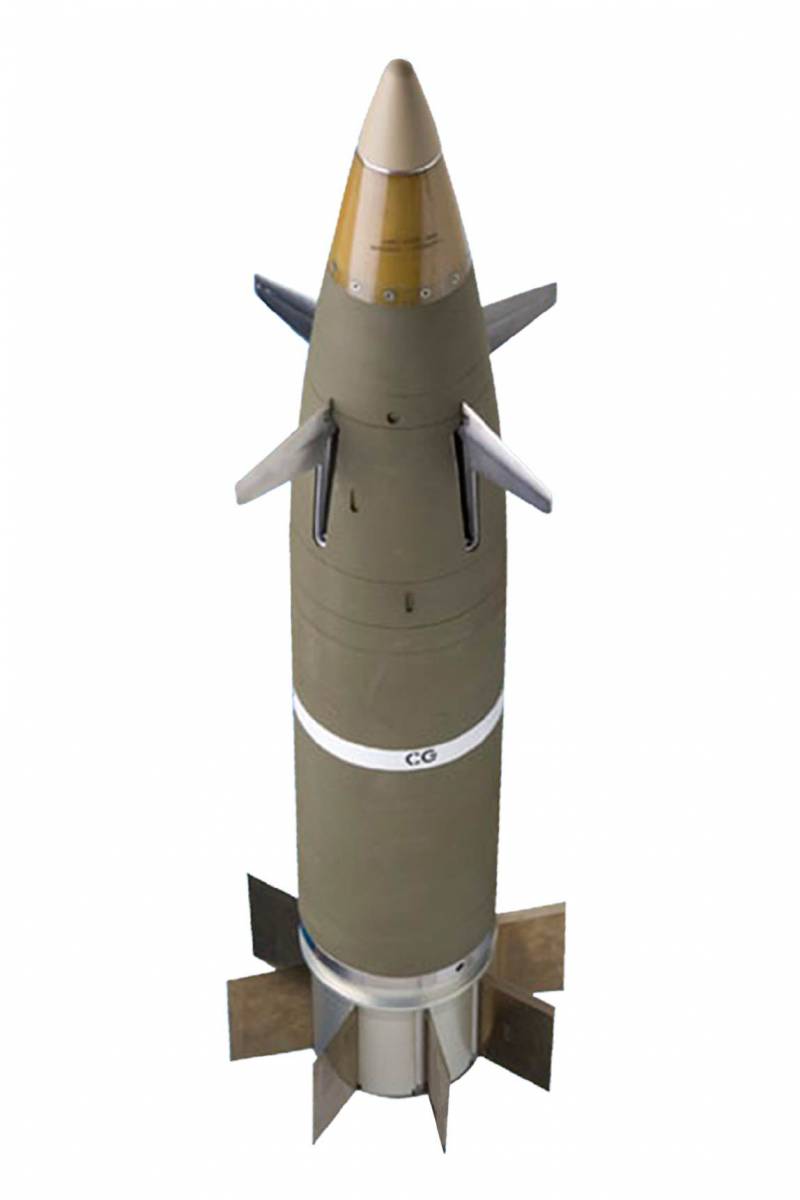
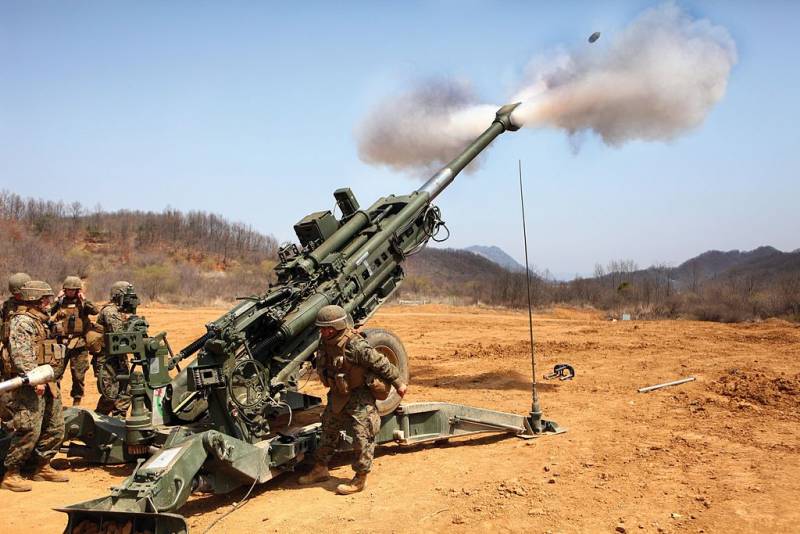
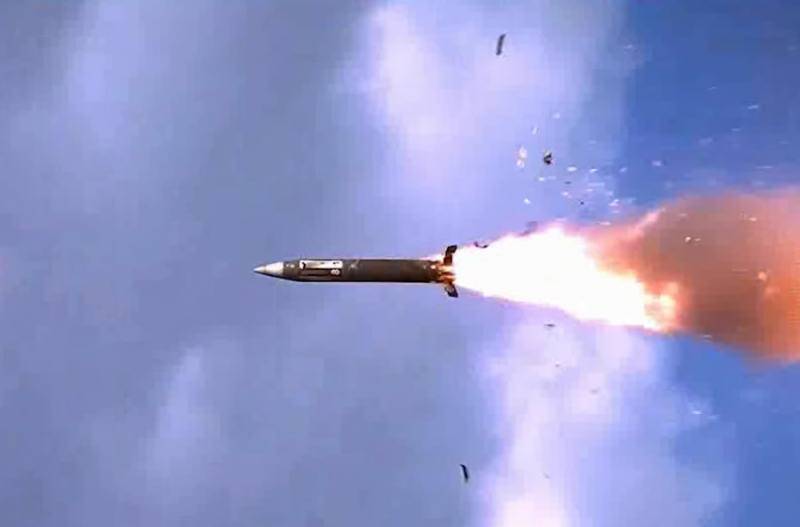
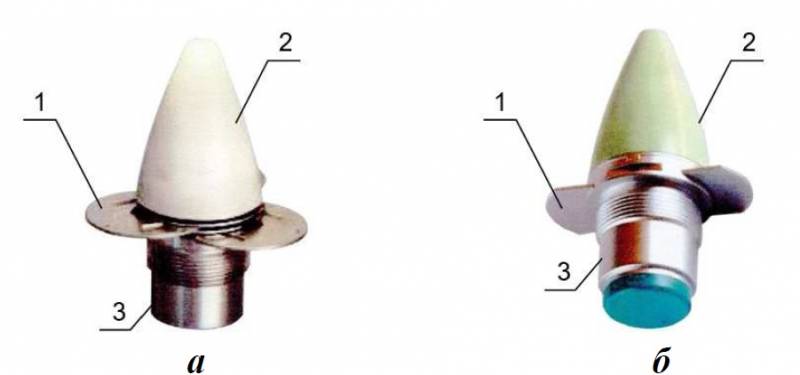
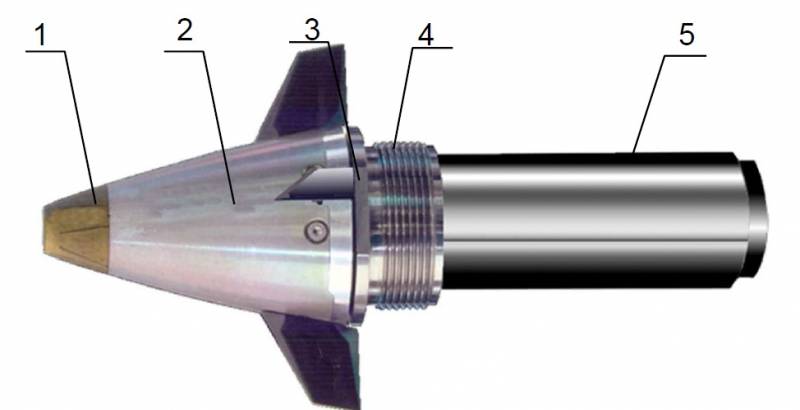
Information